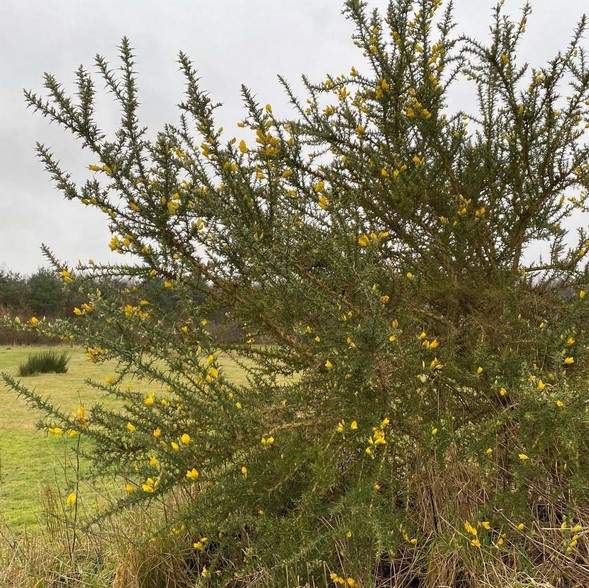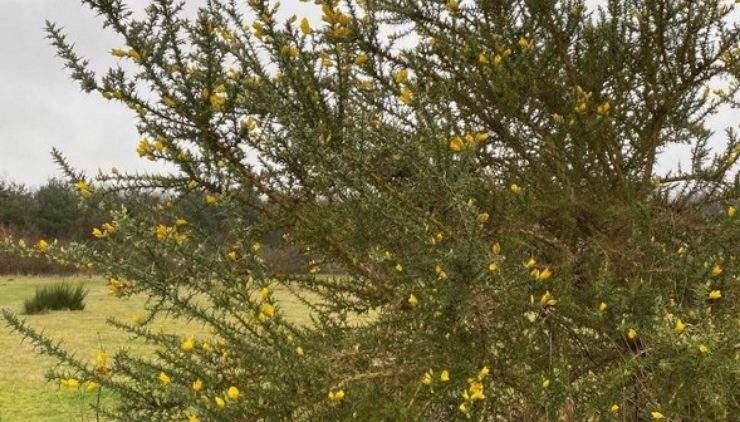Gorse so much more than a prickly bush
- Categories:
- Wildlife

How many of you have wandered around Kelling and the surrounding heathland and wondered if your senses are deceiving you or, if you really can smell coconut? It is a smell that seems to be there all year-round but where does it actually come from?
Well, it comes from a flowering and prickly bush called Gorse. Gorse is an amazing plant as it flowers year-round, bright yellow flowers and lush green small leaved foliage; ring any bells now?
There are lots of areas at Kelling, more usually found on the Heathland and in clumps between touring blocks, where you can see and smell Gorse. A safe place The plant not only provides a useful home for deer to hide up in, but it is also a great place for various species of birds to build their nests during the breeding season.
But why Gorse? Well, because of the profuse number of prickly thorns on a Gorse bush it does not make it a very attractive place for predators to seek their prey; there will be much easier places to find their preferred morsels to eat!! Birds like Long-tailed tits, love Gorse and will build an almost enclosed moss laden nest to safely bring up their brood. With gorse flowering year-round, it also provides a valuable nectar source for bees, butterflies, and moths.
On a warm summer’s day, if you stop, stand and listen you will hear the buzz of the ‘busyness’ around the flower laden, nectar rich plants.
But there is a shadier side to Gorse (excuse the pun). Gorse is very aggressive, spreading over large areas of Heathland quickly and in doing so, crowds out Heathers and other plants associated with this kind of habitat. At Kelling, we undertake work to clear areas of Gorse, either by regular mowing of the area or cutting the thickest areas out which then allows the heather to have a chance to re-establish itself. If we did not carry out this active land management, the Gorse would take over.
So why is this land management important? In England, only a sixth of the heathland present in 1800 now remains! The UK has about 234,745 acres of lowland heathland (143,318 acres of which are in England) representing about 20% of the international total of this habitat.
So, what is the status in Norfolk and why is Kelling Heath so important? It has been estimated that the extent of heathland (taking a wide definition) in 1797 was 75,365 acres. The estimate of that existing today is 19,242 acres, of which approximately 8,920 acres have been mapped as heathland and 10,319 acres as dry acid grassland. This represents a decline of 75 per cent.
What does that mean and how big is an Acre? Well, an acre is 4,840 square yards and that is approximately the equivalent to one football pitch or, 16 tennis courts. In Norfolk that means we have lost the equivalent of 56,000 football pitches or almost 900,000 tennis courts of this vital habitat!


